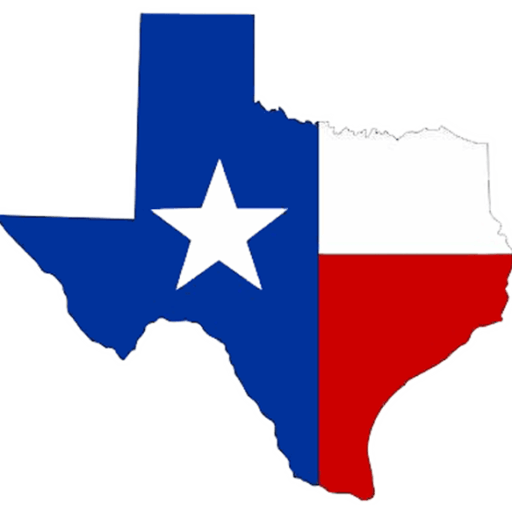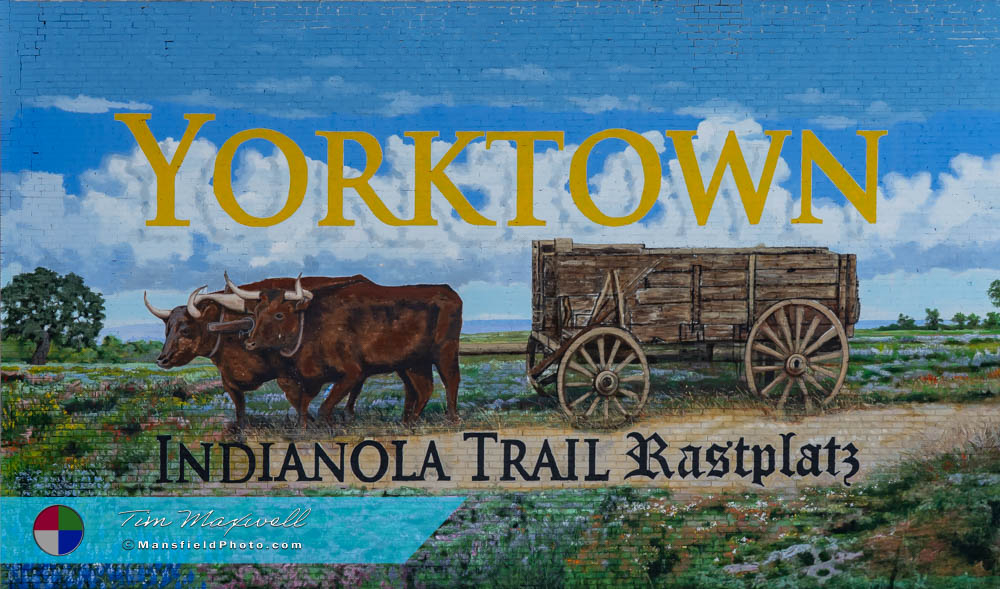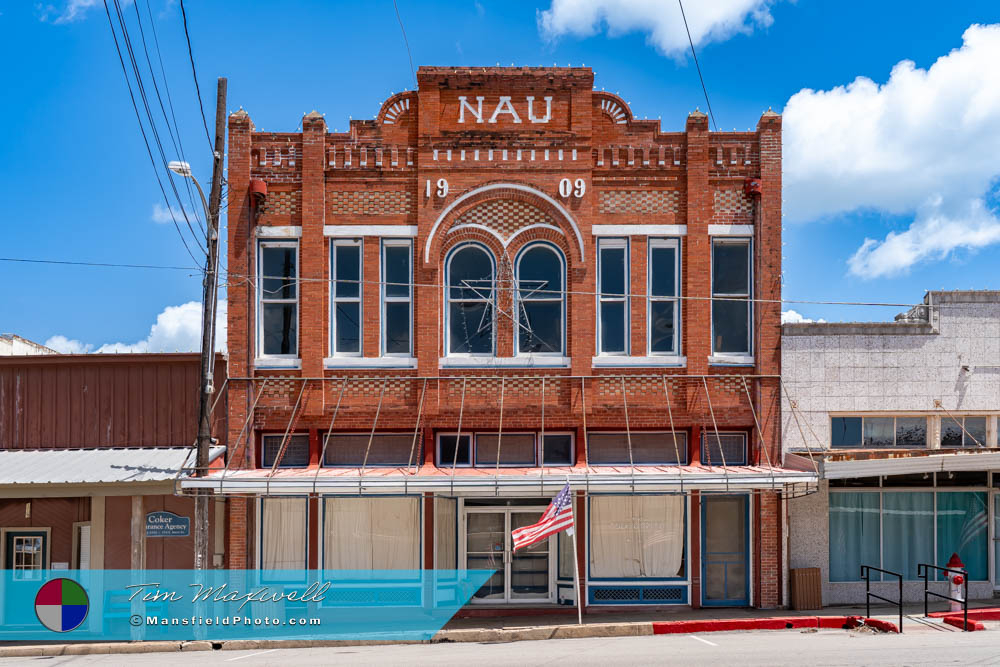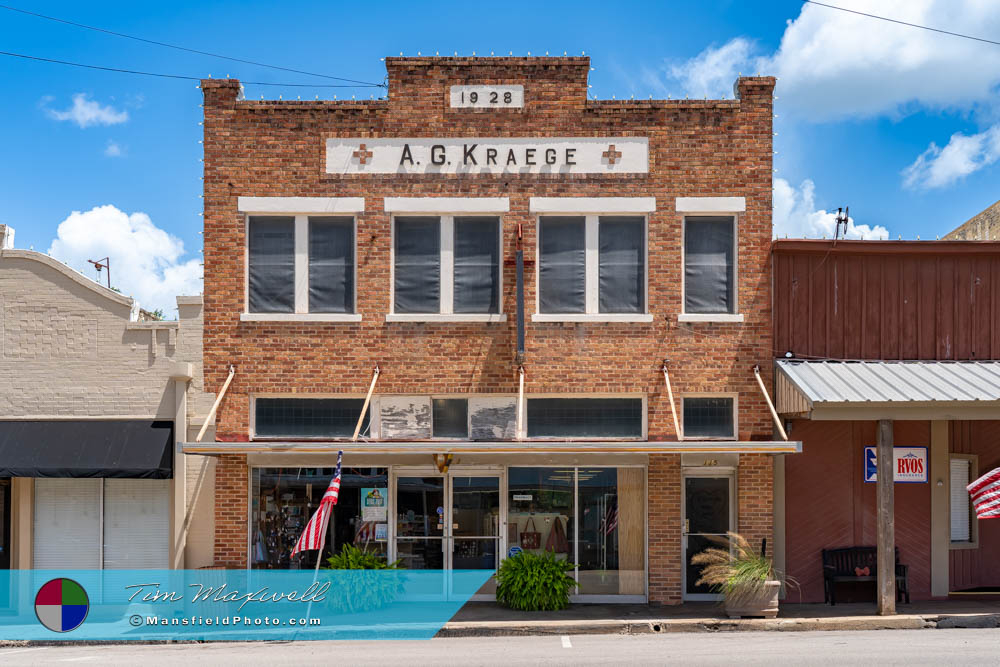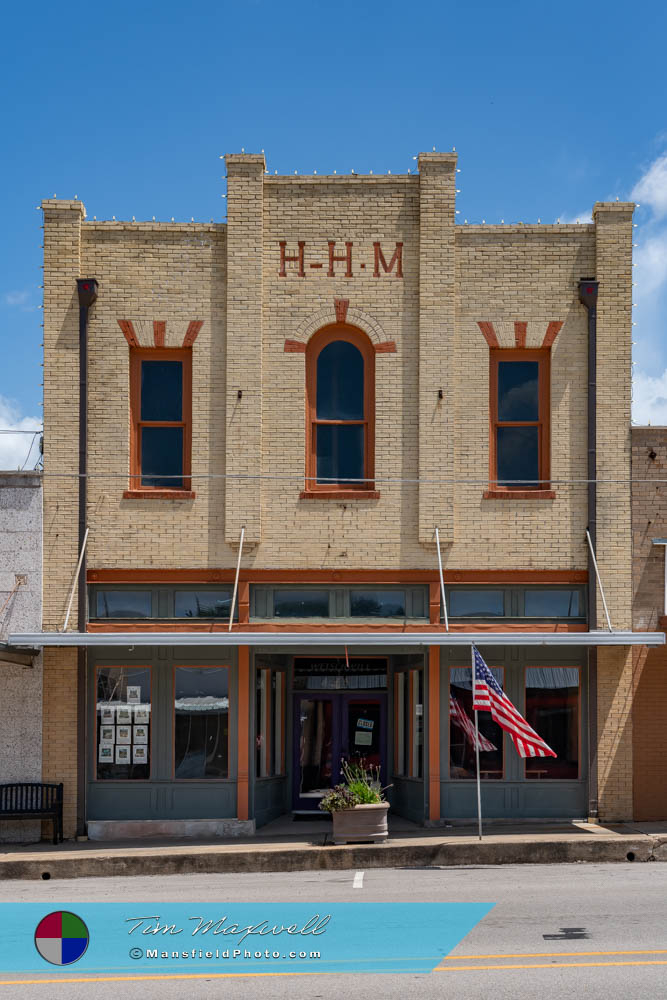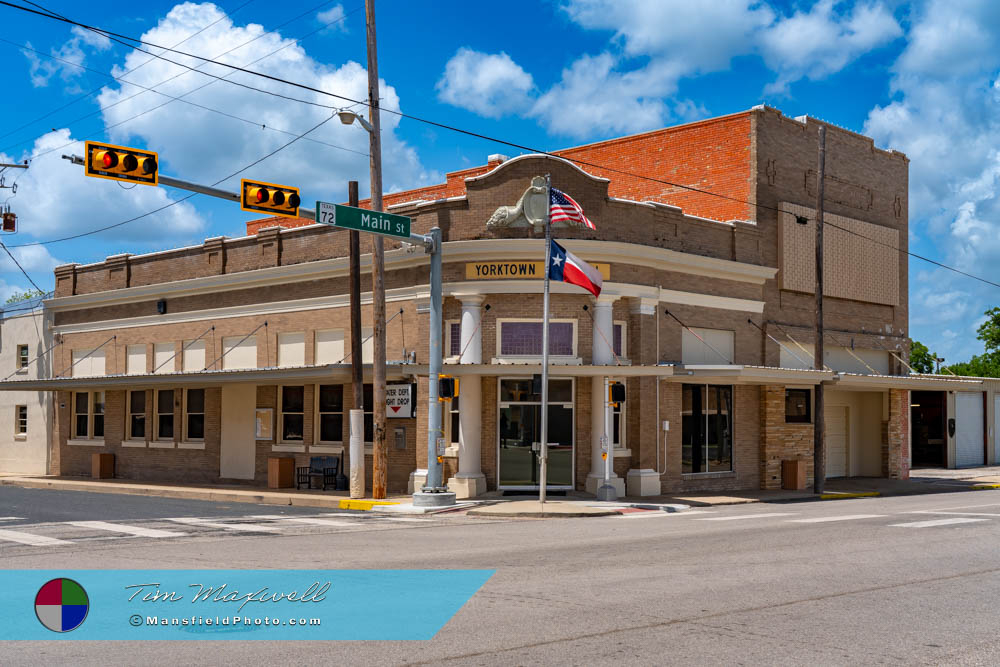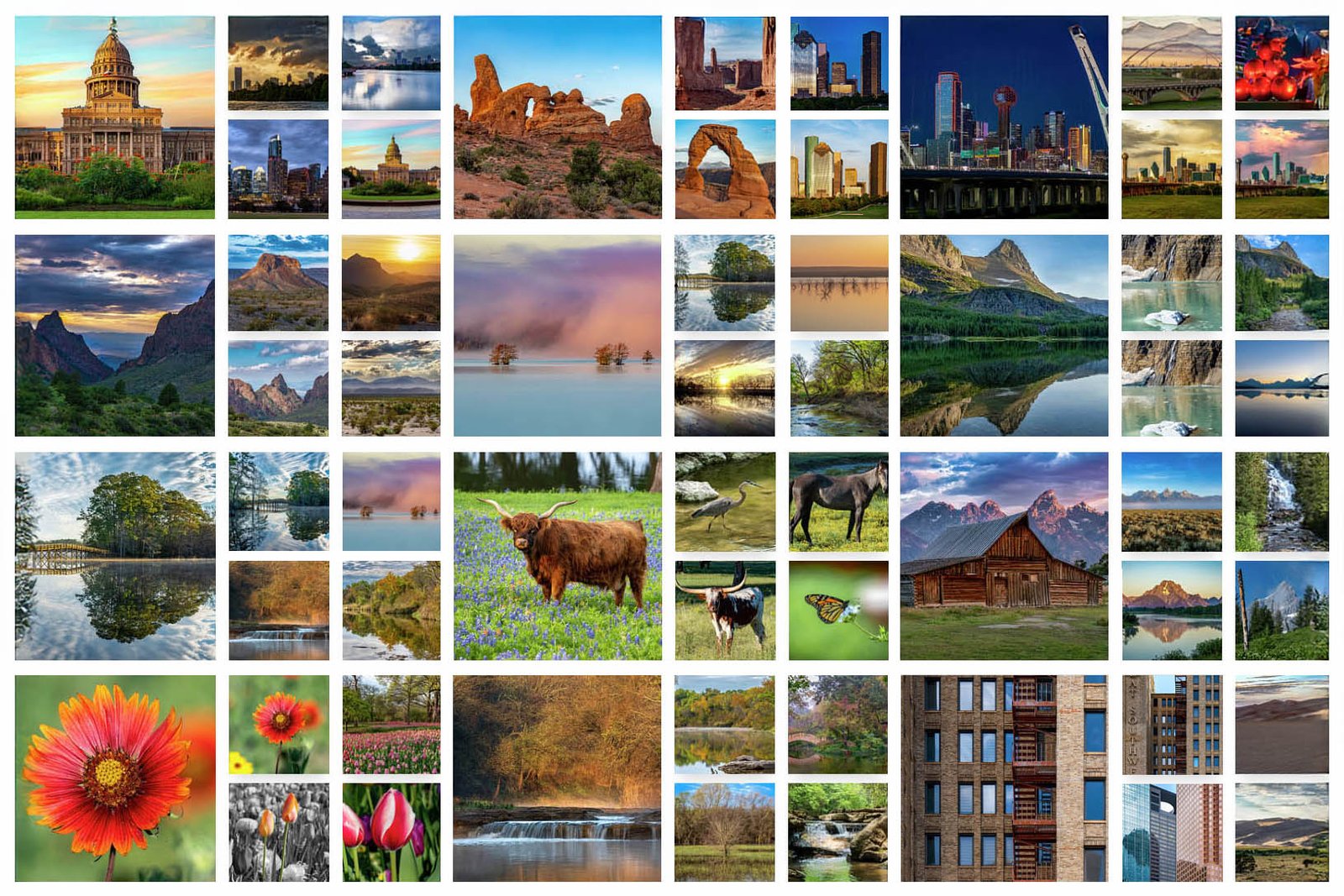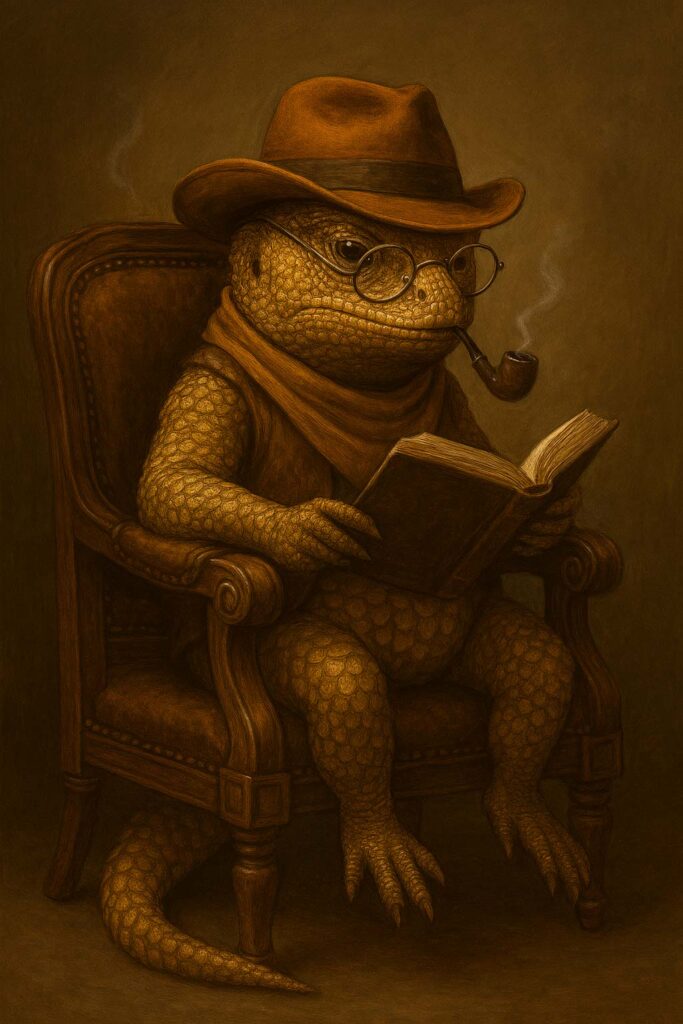Mansfield Photography
Yorktown, Texas
– Where Trails, Traditions, and Lithuanians Meet.
Yorktown, Texas, may not be the largest town on the map, but its history runs deep—especially as the site of the oldest known Lithuanian-American settlement in the United States. From the days of trail drivers and Indian fighters to festivals filled with cowboy boots and homemade chili, this town has managed to preserve its distinctive culture, unique heritage, and stories worth telling.
Founding on the Frontier
Established in 1848, the town was named in honor of Captain John York, a respected Indian fighter who had earlier played a role in the Texas Revolution. York joined Ben Milam in the decisive 1835 Siege of Béxar, helping to drive Mexican forces out of San Antonio. For his service, he was granted land in the Coleto Creek area—a fertile and strategic location that became the foundation for the community.
Captain York wasn’t alone in shaping the vision for the town. Charles Eckhardt, a German-Texan merchant who had ties to Indianola, collaborated with York to chart the route for what became the Old Indianola Trail. This important road linked the coast to New Braunfels and shortened the previous route by twenty miles, positioning the town as a pivotal hub for trade, mail routes, and westward expansion.
Tragically, both founders died shortly after the town’s beginnings.
York was killed in a skirmish with Native Americans just months after the first homes were built, and Eckhardt succumbed to yellow fever at sea in 1852. Still, their work lived on, as the area attracted German, Polish, Bohemian, and Lithuanian families who turned the open land into a thriving settlement.
Lithuanian Roots in the Heart of Texas
One of the most fascinating aspects of Yorktown’s early development was the arrival of Lithuanians beginning in 1852. These immigrants primarily came from Lithuania Minor, a Baltic region then under German control, rather than from the Russian-ruled section where emigration was heavily restricted. This distinction allowed for cultural overlap and easier assimilation into the predominantly German-speaking community.
Though the Lithuanian population was never large, its cultural impact has endured. A small but significant cemetery known as the Smith Creek Lithuanian Cemetery remains just south of town, containing around 30 marked graves of early Lithuanian settlers. Restored and honored by descendants in the late 20th century, the cemetery now displays a painted Lithuanian flag and a bilingual sign commemorating its heritage.
Perhaps the most visible acknowledgment of this past is a memorial plaque in town, placed by descendants to honor their forebears. It details the arrival of early Lithuanian families—most notably that of David and Dora Stanchos—and their journey to Texas via ports like Galveston and Indianola. These settlers became farmers, fought in the Civil War, and contributed to the broader story of American immigration.
At the local history museum, a small but meaningful exhibit honors this heritage with Lithuanian-language letters, tools, cattle brands, and even fishing nets. Many of the earliest Lithuanian settlers were Lutheran, and their names can still be seen in the stained-glass windows of St. Paul Lutheran Church, first built in 1874 and rebuilt in 1930.
Western Days and Rodeo Glory
While the Lithuanian heritage is a quiet yet powerful thread in the town’s fabric, Yorktown is perhaps best known regionally for its annual Western Days festival. Held each October since 1958, Western Days turns the entire downtown into a lively celebration with a full schedule of parades, dances, a carnival, and cooking competitions. The event pays homage to the town’s cowboy culture, tracing its roots to mid-20th-century rodeos hosted by the legendary M&M Rodeo Company.
In the early days of the festival, cowboys paraded down Main Street on broncs, wagons carried comic outhouses, and trick acts involving trained pigs and dogs entertained families. Local businesses chipped in prizes for the best-dressed cowboy and cowgirl, and the rodeo itself featured thrilling performances with bronc riding, bull fighting, and barrel racing.
Though its founder Leslie Mueller passed away in 1963, the festival continued under the management of his family. Today, Western Days still draws thousands to town each year, blending rodeo spirit with small-town hospitality.
Downtown and Present-Day Character
Modern Yorktown continues to be shaped by its layered past. While many buildings from the 19th century have given way to newer structures, downtown retains its frontier feel. Local businesses line the main streets, and community events still bring residents together with a sense of pride.
St. Paul Lutheran Church remains a central figure in town, both architecturally and historically. The sprawling oak tree in its front lawn is said to be one of the oldest in Texas. The town also honors its Catholic community, which established its church just two decades after the town was founded.
Today, the community includes descendants of German, Czech, Polish, and Lithuanian families—many of whom can trace their roots directly back to those who first cleared and cultivated the land. The echoes of the past are everywhere, from family names on tombstones to stories told during town events.
Conclusion: A Legacy Still Growing
Yorktown is not merely a waypoint between larger cities—it is a living record of the early settlers who helped shape Texas. From the sacrifices of its founders to the quiet perseverance of its Lithuanian settlers, the town holds a unique place in American history. With traditions like Western Days and the continued preservation of its cemeteries, museums, and churches, it offers more than just a snapshot of the past. It provides an enduring link to the cultural mosaic that defines Texas today.
📸 Interested in More Photos of This Town?
